Introduction: A Culinary Journey into the Heart of Tradition
In the realm of Chinese desserts, glutinous rice balls, or tangyuan (汤圆), hold a special place. These sweet, chewy morsels are not just a treat for the palate but also a symbol of unity and togetherness, especially during festive occasions like the Chinese New Year. Among the myriad varieties of tangyuan, the three-flavored glutinous rice balls (三味汤圆) stand out for their intricate harmony of tastes and textures. This delightful dessert combines three distinct flavors within a single serving, offering a culinary adventure that tantalizes the senses and warms the soul.
In this article, we embark on a culinary journey to uncover the secrets behind making traditional three-flavored glutinous rice balls. From preparing the dough to crafting each flavorful filling, we’ll delve into every step, ensuring that even the most novice baker can create a masterpiece that brings joy to family and friends.
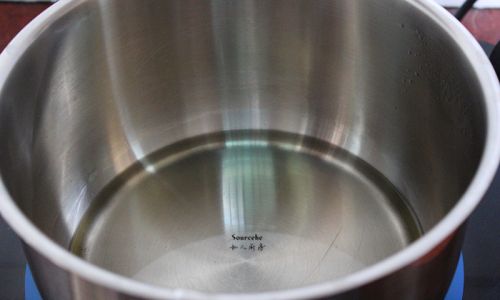
Ingredients and Tools Preparation
Before diving into the recipe, let’s gather all the necessary ingredients and tools. This will streamline the process and ensure a smooth cooking experience.
Ingredients:
- Glutinous Rice Flour (糯米粉): 500 grams. This is the backbone of tangyuan, providing the chewy texture.
- Water: Approximately 350 milliliters, adjusted as needed. Water is crucial for binding the flour into a dough.
- Red Bean Paste (红豆沙): 200 grams. A classic sweet filling made from adzuki beans, giving a rich, earthy flavor.
- Sesame Paste (芝麻酱): 200 grams. Ground sesame seeds mixed with sugar, offering a nutty, creamy taste.
- Lotus Seed Paste (莲子蓉): 200 grams. Made from lotus seeds, this paste is subtly sweet and fragrant.
- Powdered Sugar (糖粉): For dusting, to prevent the tangyuan from sticking together.
Tools:
- Mixing Bowl: Large enough to comfortably knead the dough.
- Measuring Cups and Spoons: For accurate ingredient measurement.
- Rice Flour (for dusting): To prevent sticking while rolling out the dough.
- Small Bowls: To separately hold the different fillings.
- Spoon or Scoop: For portioning out the dough and fillings.
- Pot: For boiling the tangyuan.
- Strainer or Slotted Spoon: To remove the tangyuan from boiling water without breaking them.
- Plate or Tray: Lined with parchment paper, for placing the finished tangyuan.
Step-by-Step Recipe: Crafting the Perfect Three-Flavored Tangyuan
Now that we have our ingredients and tools ready, let’s proceed with the recipe. Each step is crucial, so follow along carefully to achieve the best results.
Step 1: Preparing the Dough
-
Combine Flour and Water: Place the glutinous rice flour in a large mixing bowl. Gradually add water, a little at a time, while stirring continuously with a wooden spoon or your hands. The key is to add water slowly to avoid making the dough too wet or too dry.
-
Knead the Dough: Once the mixture forms a cohesive dough, transfer it to a clean surface lightly dusted with glutinous rice flour. Knead the dough for about 5-7 minutes until it becomes smooth and elastic. If the dough feels too sticky, add a bit more flour. Conversely, if it’s too dry and crumbly, add a teaspoon of water.
-
Cover and Rest: Place the dough back in the bowl, cover it with a damp cloth or plastic wrap to prevent it from drying out, and let it rest for about 15-20 minutes. This resting period allows the gluten in the flour to relax, making the dough easier to roll out and less prone to cracking.
Step 2: Preparing the Fillings
While the dough is resting, prepare the fillings. Each filling should be smooth and easy to handle.
-
Red Bean Paste: If using homemade or store-bought, ensure it’s not too runny. If it’s too soft, you can mix in a little cornstarch to firm it up.
-
Sesame Paste: Similarly, if the sesame paste is too runny, mix in a small amount of powdered sugar to thicken it.
-
Lotus Seed Paste: This filling is usually thicker and firmer. If it’s too dry, you can add a drop of vegetable oil to soften it slightly.
Divide each filling into small portions, roughly 10-12 grams each, and roll them into balls. Place them on a plate lined with parchment paper to prevent sticking.
Step 3: Rolling Out the Dough and Forming the Tangyuan
-
Divide the Dough: Once the dough has rested, divide it into three equal portions. This will allow you to work with one flavor at a time, keeping the other dough portions covered to prevent drying.
-
Roll Out Each Portion: Take one portion of the dough and roll it into a long cylinder about 1-inch in diameter. Cut the cylinder into small pieces, each about 15 grams.
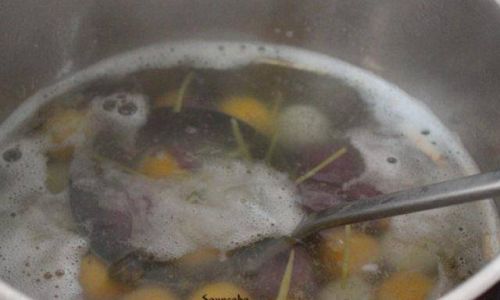
-
Flatten and Wrap: Flatten each dough piece into a disc using your palm. Place a ball of filling (either red bean, sesame, or lotus seed) in the center. Gently wrap the dough around the filling, pinching and sealing the edges to ensure no filling leaks out.
-
Shape into Balls: Roll the sealed dough ball gently between your palms to smooth out any cracks and form a perfect sphere. Repeat this process with the remaining dough and fillings.
Step 4: Boiling the Tangyuan
-
Fill the Pot with Water: In a large pot, bring enough water to a rolling boil. Add a splash of cold water to the boiling pot if it’s too vigorous to prevent the tangyuan from breaking apart.
-
Cook the Tangyuan: Carefully drop the formed tangyuan into the boiling water, a few at a time to avoid overcrowding. Stir gently to prevent them from sticking to the bottom or each other.
-
Cook Until Done: Cook the tangyuan for about 5-7 minutes, or until they float to the surface and turn slightly translucent. This indicates that they are cooked through.
-
Drain and Serve: Use a strainer or slotted spoon to remove the tangyuan from the boiling water. Let them drain on a plate lined with paper towels to remove excess water.
Step 5: Serving and Enjoying
-
Dust with Powdered Sugar: Place the cooked tangyuan on a serving plate and lightly dust them with powdered sugar to enhance their appearance and prevent sticking.
-
Serve Warm: Three-flavored glutinous rice balls are best enjoyed warm. You can serve them as a standalone dessert or pair them with a cup of hot ginger tea or black sesame syrup to enhance the flavors.
-
Identify the Flavors: To add a fun element, you can arrange the tangyuan in a pattern or color-code them based on their fillings. This way, guests can enjoy the surprise of discovering different flavors with each bite.
Tips for Perfect Tangyuan
- Temperature Control: Work with dough and fillings at room temperature to ensure they handle smoothly.
- Patience and Precision: Take your time to seal the dough around the filling tightly to avoid leaks.
- Consistency Check: Regularly test the cooked tangyuan for doneness to avoid overcooking, which can make them sticky and mushy.
- Storage: If not serving immediately, you can store uncooked tangyuan in the freezer for up to a month. Thaw before cooking.
Conclusion: A Sweet Ending to a Culinary Adventure
Making traditional three-flavored glutinous rice balls is a labor of love that yields immense satisfaction. Each bite brings a delightful blend of textures and flavors, making it a dessert that’s as much about the journey as it is about the destination. By following this detailed recipe, you’ll be able to create a culinary masterpiece that brings a touch of tradition and warmth to your table.
Whether you’re celebrating a special occasion or simply indulging in a sweet treat, three-flavored glutinous rice balls offer a delightful way to connect with family and friends. Share your creations with loved ones, and let the sweet, chewy goodness of tangyuan bring joy and harmony to your gatherings.
As you embark on this culinary adventure, remember that the key to success lies in attention to detail, patience, and a love for the process. With each batch you make, you’ll refine your skills and perhaps even discover new flavors and combinations that become your signature twist on this timeless dessert.
Happy baking, and may your tangyuan bring sweetness and unity to every occasion!
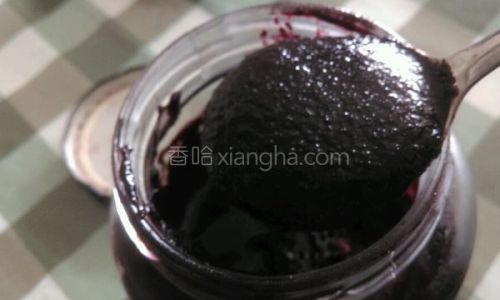

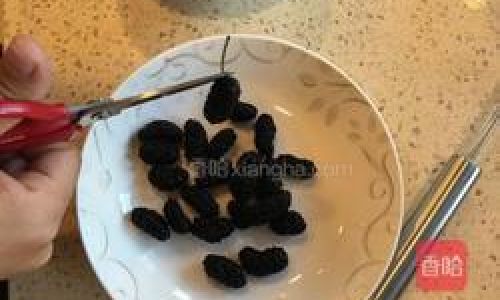
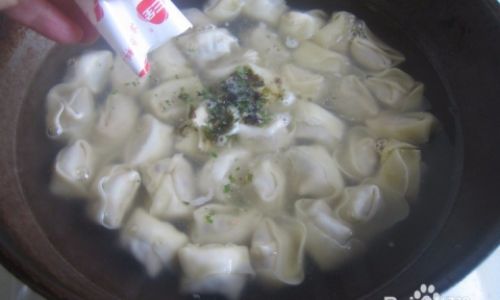
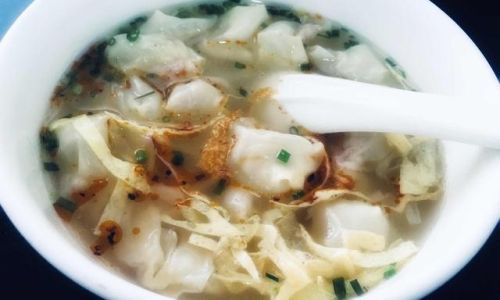

0 comments